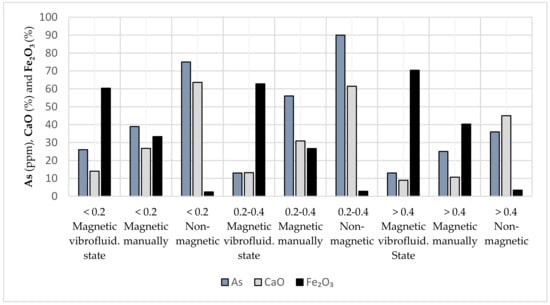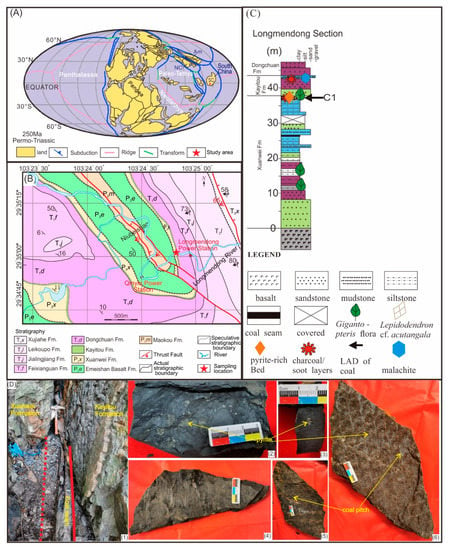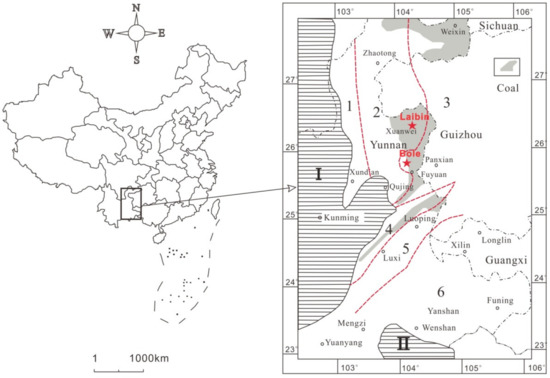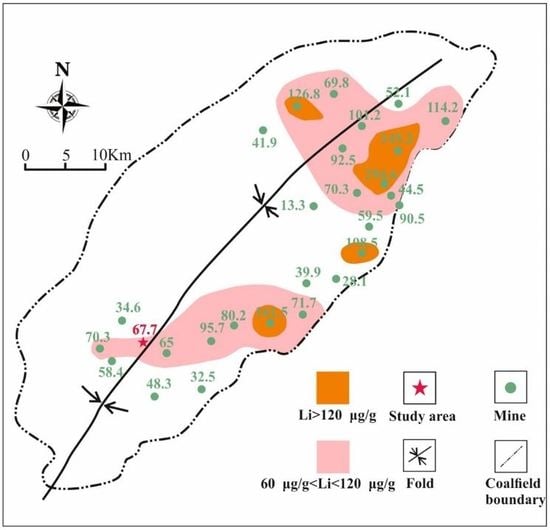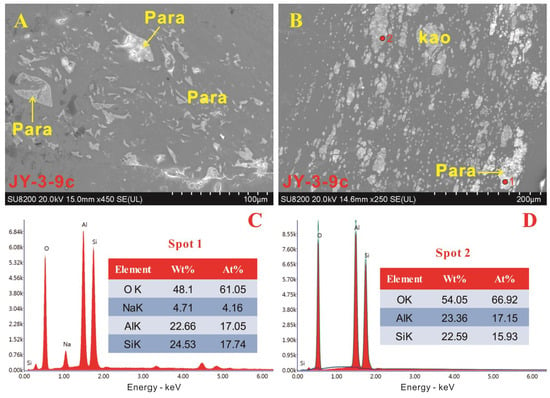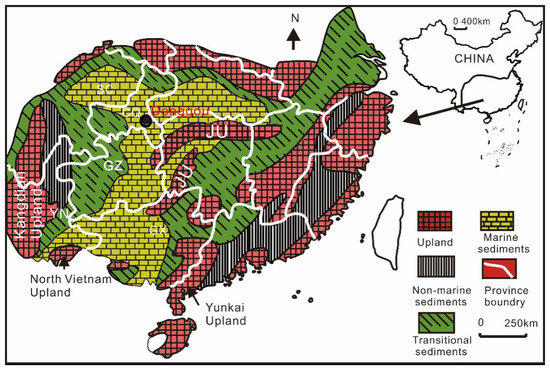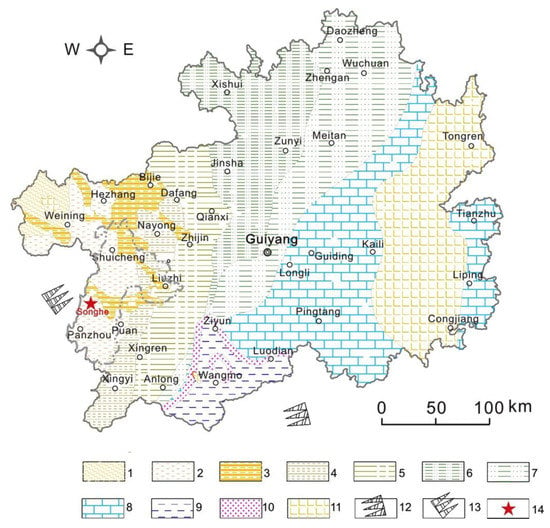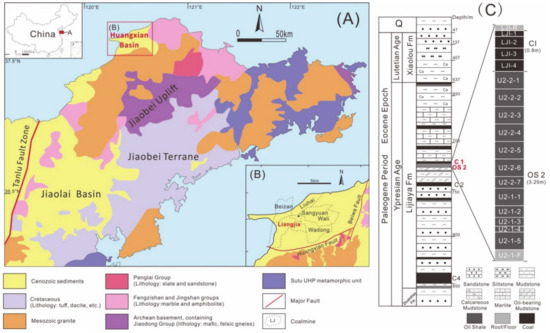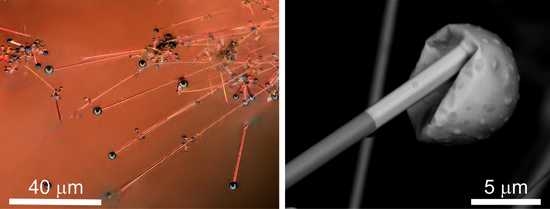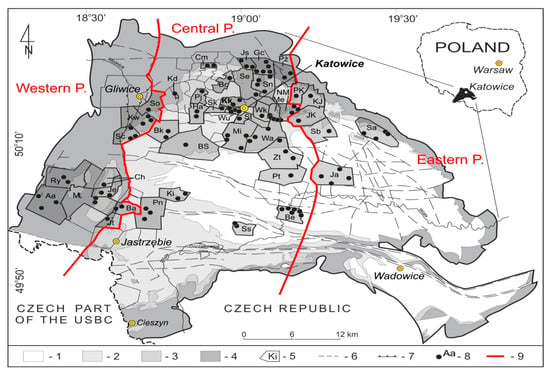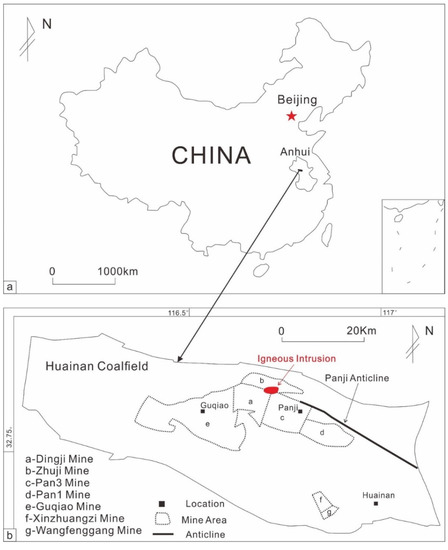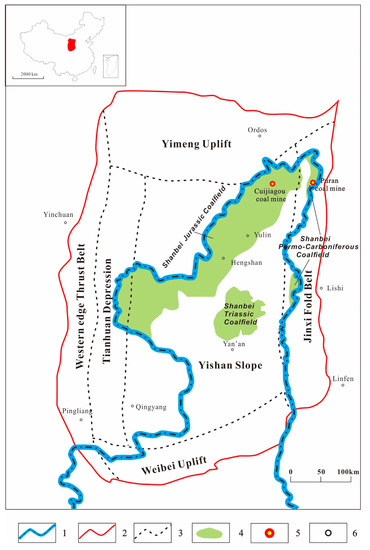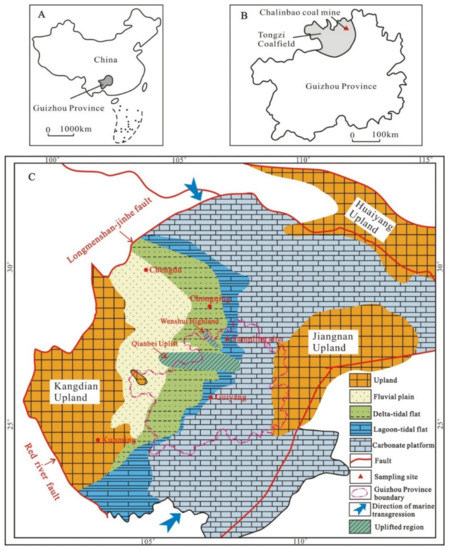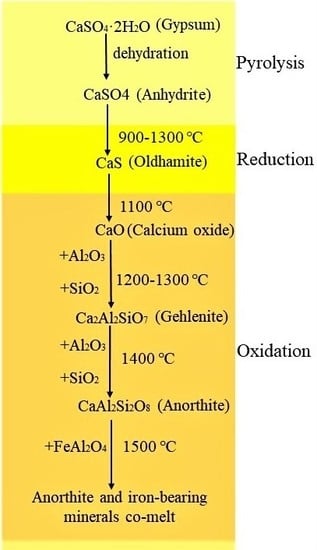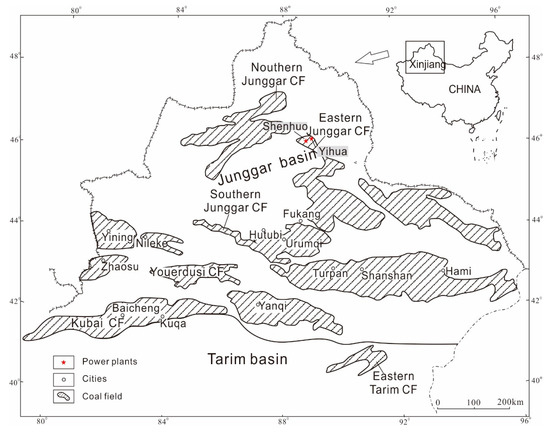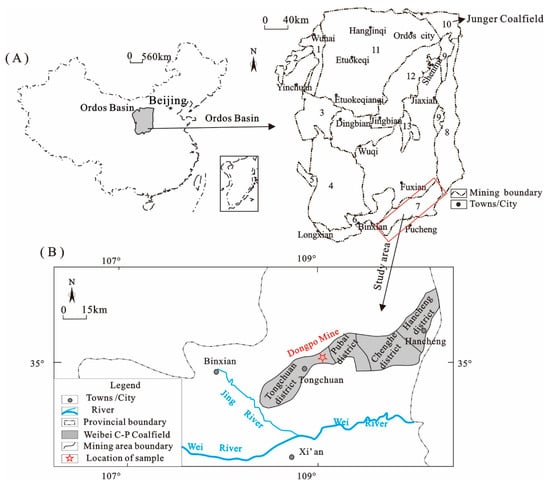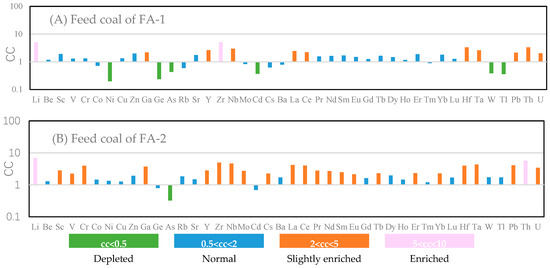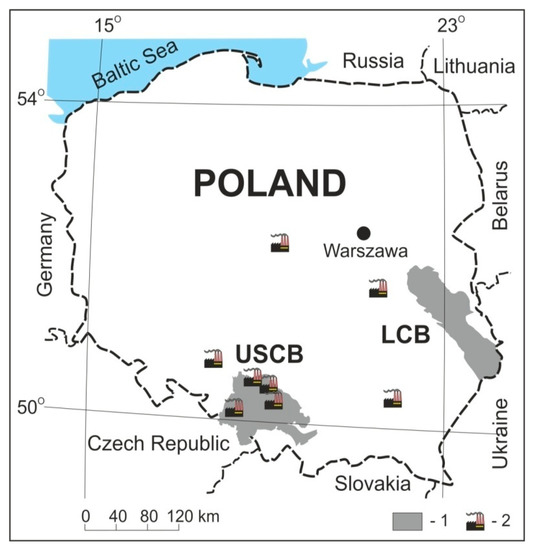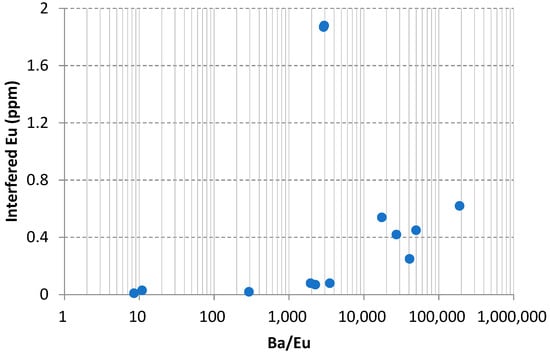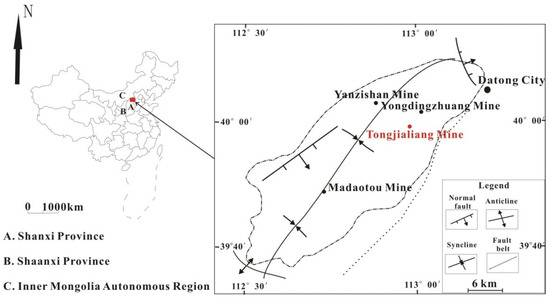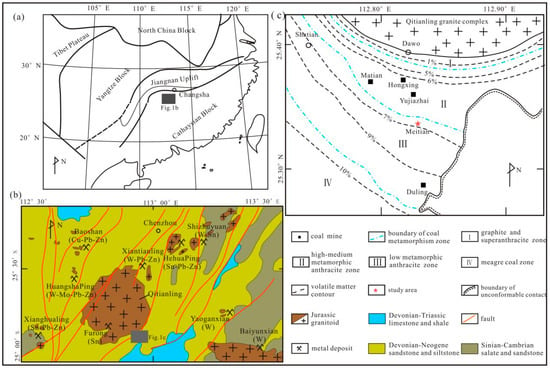Critical Metals and Minerals in Coal and Coal Combustion Products
A topical collection in Minerals (ISSN 2075-163X).
Viewed by 99728Editors
Interests: coal mineralogy; coal geochemistry; coal petrology; coal combustion products
Special Issues, Collections and Topics in MDPI journals
Interests: coal geology and utilisation; mineralogy; geochemistry
Topical Collection Information
Dear Colleagues,
Minerals and inorganic elements, including critical metals and their mineral hosts, are very significant components of coal from both academic and practical perspectives. Many coals can be considered an economic source of a number of critical elements, including Ge, Ga, U, V, Se, rare earth elements and Y, Sc, Y, Li, Nb, Au, Ag, platinum group elements, and Re, as well as some base metals, such as Al and Mg. World economies largely depend on these critical elements, which are driving some of the biggest advancements in technology and energy efficiency in the modern world. However, these critical elements are becoming scarce and more expensive as their resources in conventional ores are becoming exhausted and as the demand for these elements is growing rapidly due to their wide applications. One promising source of many of these elements is coal and/or coal combustion products (CCPs). Indeed, the concentrations of these elements in some coals and CCPs are comparable to, or even higher than, those found in conventional ores. The possible recovery of critical elements from coal and its combustion byproducts is an exciting research area, representing a dramatic paradigm shift for coal.
The minerals and associated non-mineral inorganic elements may give rise to deleterious effects during coal preparation and utilization, such as stickiness and abrasion during preparation and ash deposition issues, corrosion, erosion, and release of volatile pollutants, such as mercury and sulfur dioxide during combustion. Minerals in coal, in some cases, may be major carriers of critical elements, such as Ga and rare earth elements, or important base metals, such as Al, and such coals or their combustion products have potential as sources of those elements for industrial use.
From a genetic point of view, critical metals, minerals, and non-mineral inorganic elements in coal are products of the processes associated with peat accumulation and rank advance, as well as, possibly, a range of epigenetic processes, and thus can provide information on the depositional conditions and geologic history of coal beds, coal-bearing sequences, and regional tectonic evolution. This Topical Collection on “Critical Metals and Minerals in Coal and Coal Combustion Products” focuses on providing an up-to-date series of papers covering research and technological developments in the nature, origin, and significance of the critical metals and minerals in coal, the transformations of the critical metals and mineral matter during coal combustion, and the chemistry and mineralogy of products derived from coal combustion processes.
Prof. Dr. Shifeng Dai
Dr. David French
Guest Editors
Manuscript Submission Information
Manuscripts should be submitted online at www.mdpi.com by registering and logging in to this website. Once you are registered, click here to go to the submission form. Manuscripts can be submitted until the deadline. All submissions that pass pre-check are peer-reviewed. Accepted papers will be published continuously in the journal (as soon as accepted) and will be listed together on the collection website. Research articles, review articles as well as short communications are invited. For planned papers, a title and short abstract (about 100 words) can be sent to the Editorial Office for announcement on this website.
Submitted manuscripts should not have been published previously, nor be under consideration for publication elsewhere (except conference proceedings papers). All manuscripts are thoroughly refereed through a single-blind peer-review process. A guide for authors and other relevant information for submission of manuscripts is available on the Instructions for Authors page. Minerals is an international peer-reviewed open access monthly journal published by MDPI.
Please visit the Instructions for Authors page before submitting a manuscript. The Article Processing Charge (APC) for publication in this open access journal is 2400 CHF (Swiss Francs). Submitted papers should be well formatted and use good English. Authors may use MDPI's English editing service prior to publication or during author revisions.
Keywords
- minerals
- coal
- coal combustion products
- non-mineral inorganic elements
- trace elements
Related Special Issues
- Minerals in Coal in Minerals (23 articles)
- Toxic Mineral Matter in Coal and Coal Combustion Products in Minerals (16 articles)






